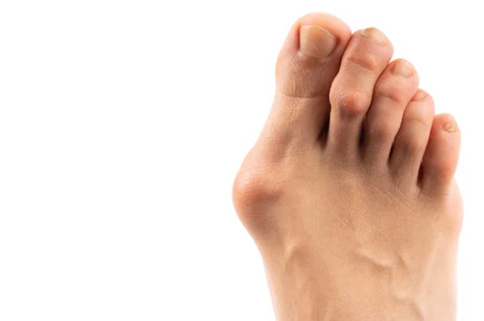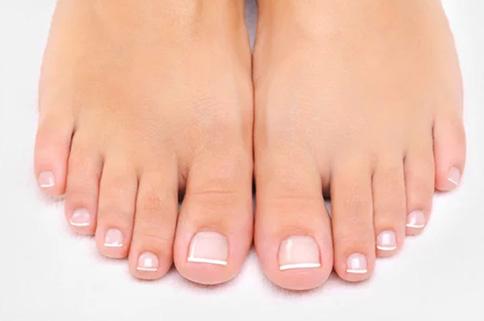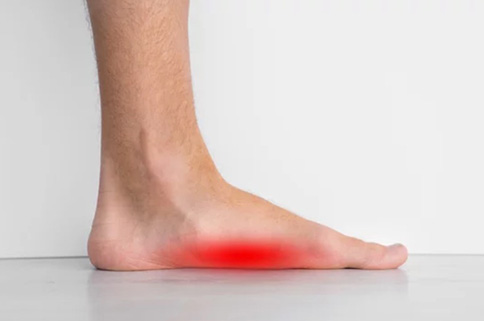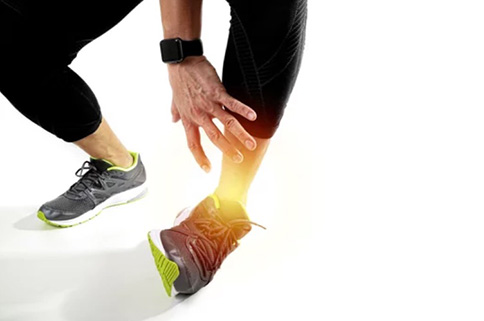
Surgery for lesser toe deformity is a procedure performed to correct the position of the toes that have developed an abnormal bend or angle, often due to conditions such as hammertoe, mallet toe, or claw toe. These conditions can cause discomfort, pain, and difficulty wearing shoes, and may worsen over time if left untreated. Surgery is typically considered when non-surgical treatments, such as padding, orthotics, or shoe modifications, have been unsuccessful in relieving symptoms.
The surgery typically involves releasing or repositioning the soft tissue structures of the toe, such as tendons, ligaments, and joint capsules, to allow the toe to return to a more normal position. Depending on the severity and type of deformity, the surgeon may perform one or more of the following surgical techniques:
Arthroplasty: Involves removing part of the bone from the affected joint and repositioning the toe.
Arthrodesis: This involves fusing the joint of the affected toe with screws or pins to stabilize the toe.
Tendon transfer: This involves rerouting a tendon from one area of the foot to the affected toe to help correct the deformity.
Osteotomy: Involves cutting the bone of the affected toe and repositioning it to correct the deformity.
Joint resection: Involves removing part of the joint capsule to allow the toe to move more freely.
The surgery can be performed under local or general aesthesia, depending on the extent of the procedure and the patient’s preference. Recovery time varies depending on the extent of the surgery, but patients typically need to keep their foot elevated for several days after the surgery to reduce swelling and pain. Pain medication may be prescribed to help manage discomfort.
Patients may need to wear a special shoe or brace to protect the affected foot during the healing process, and they may need to avoid certain activities for several weeks after the surgery. Physical therapy may also be recommended to help restore range of motion and strength to the affected toe.
Surgery for lesser toe deformity can be an effective treatment option for correcting toe deformities and reducing pain and discomfort however, as with any surgery, there are potential risks and complications, such as infection, bleeding, and nerve damage, and patients should discuss the benefits and risks of the surgery in consultation with Dr Singh before proceeding.
 Christmas Operating Hours
Christmas Operating Hours 


















